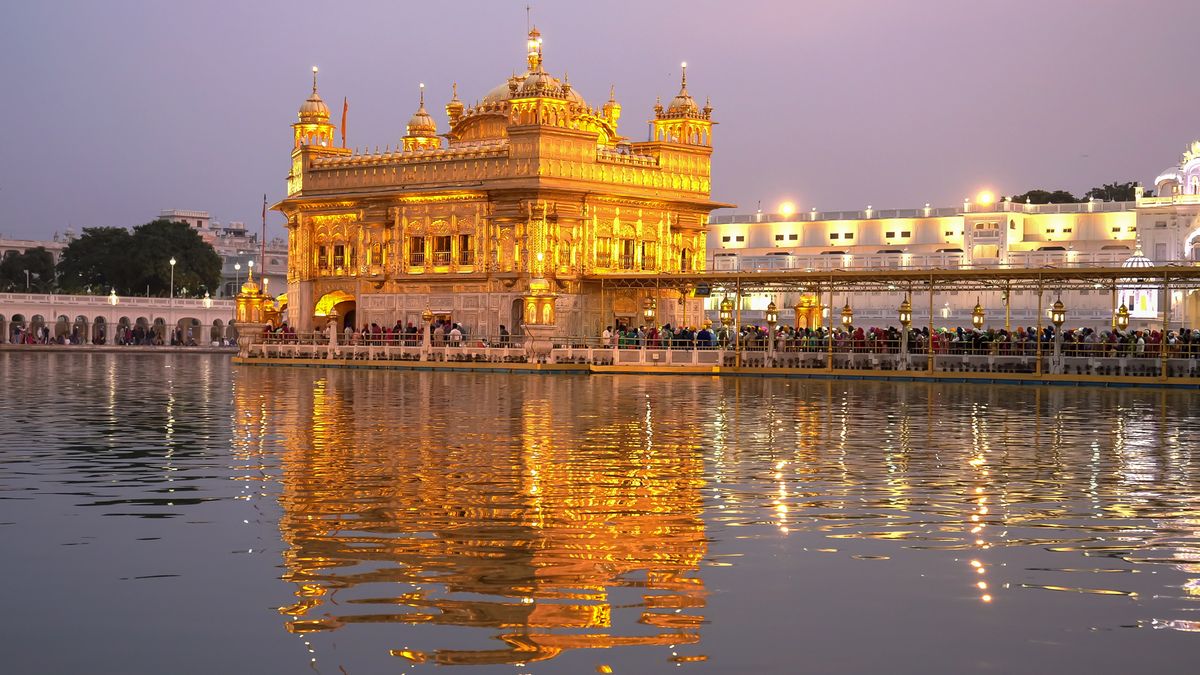Palazzo Reale
Piazza del Plebiscito 1
About
This imposing palace was designed by Domenico Fontana and built in 2 years, from 1600 to 1602, for the Spanish king Filippo III. Ironically, he never made it to Naples, and the castle was used by later kings who enlarged it in the 18th century. Luigi Vanvitelli worked on the facade, closing some of the arches to strengthen the walls and creating niches that were filled in 1888 by Umberto I, king of Italy, with eight statues of Neapolitan kings. Badly damaged during World War II, the building has been completely restored. Today, you can admire much of the interior, and we recommend doing so by guided tour to get a full appreciation of the sprawling place. The Royal Apartment occupies one half of the palace, and is still furnished with the original furniture plus a number of masterpieces taken from Neapolitan churches that have closed. From the elegant Cortile d'Onore (Court of Honor) the double ramp of the main staircase leads to the first floor and the Teatrino di Corte, the private "home theater" of the royal family. Continuing through, you enter the semi-public rooms, including the Throne Room. Beyond the corner begins the Private Appartment, where the kings lived until 1837, when a fire obliged them to move upstairs. Its rooms open onto the manicured elevated gardens, affording beautiful views over the Gulf. Decorated with colored marble, tapestries, frescoes, and 19th-century furniture, the rooms are quite splendid, especially the beautifully furnished Studio del Re (King's Study), where you can admire a desk and two secretaires made for Napoleon Bonaparte by Adam Weisweiler. The following room contains two paintings -- San Gennaro and a Crucifixion -- by Luca Giordano, and two paintings by Andrea Vaccaro. From here on, colorfully stenciled doors lead through a seemingly endless array of rooms, most with 18th-century white and gilt original ceilings, marble floors, and dozens of paintings. The magnificent Hall of Hercules, the ballroom, is hung with Neapolitan tapestries and decorated with some beautiful Sèvres vases. The chapel, Cappella Palatina, is worth a visit for its carved wooden doors dating from the 16th century, its beautiful baroque marble altar by Dionisio Lazzari, with inlays of lapis lazuli, agate, amethyst, and gilt, and the splendid 18th-century Presepio del Banco di Napoli (Manger Scene). One of the best examples of this art, the altar includes many figures carved by great Neapolitan sculptors of the time. The other half of the palace contains the reception wing: the Appartamento delle Feste, with elegant rooms dedicated to public celebrations and festivities. It is now, together with the second floor, occupied by the Biblioteca Nazionale di Vittorio Emanuele III, the library which was originally established by Charles de Bourbon. Accessible from a separate entrance on the ground floor, the library is one of the greatest in the south, with about two million volumes (including 32,950 manuscripts, 4,563 incunabula, and 1,752 papyrus manuscripts from Herculaneum).





